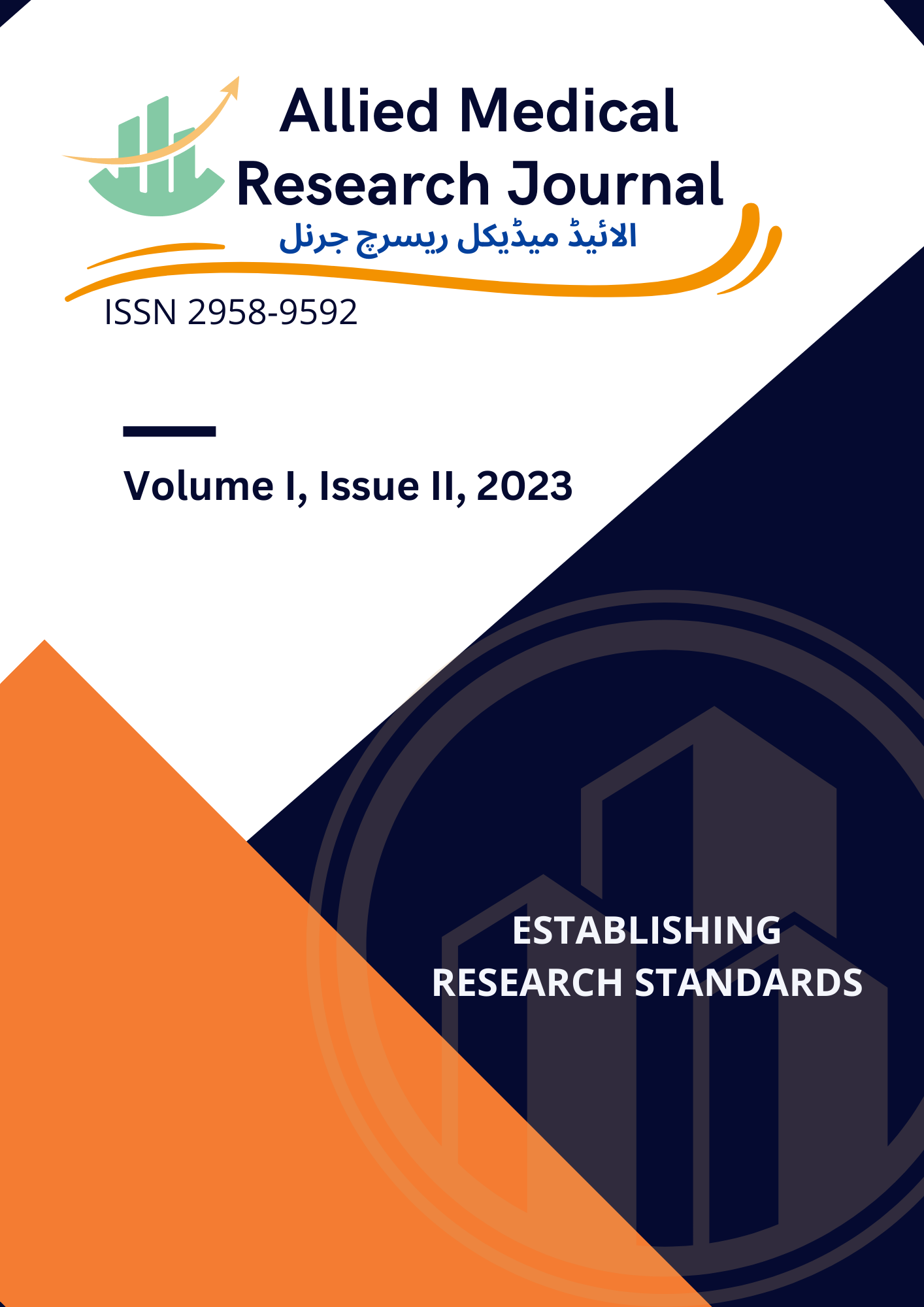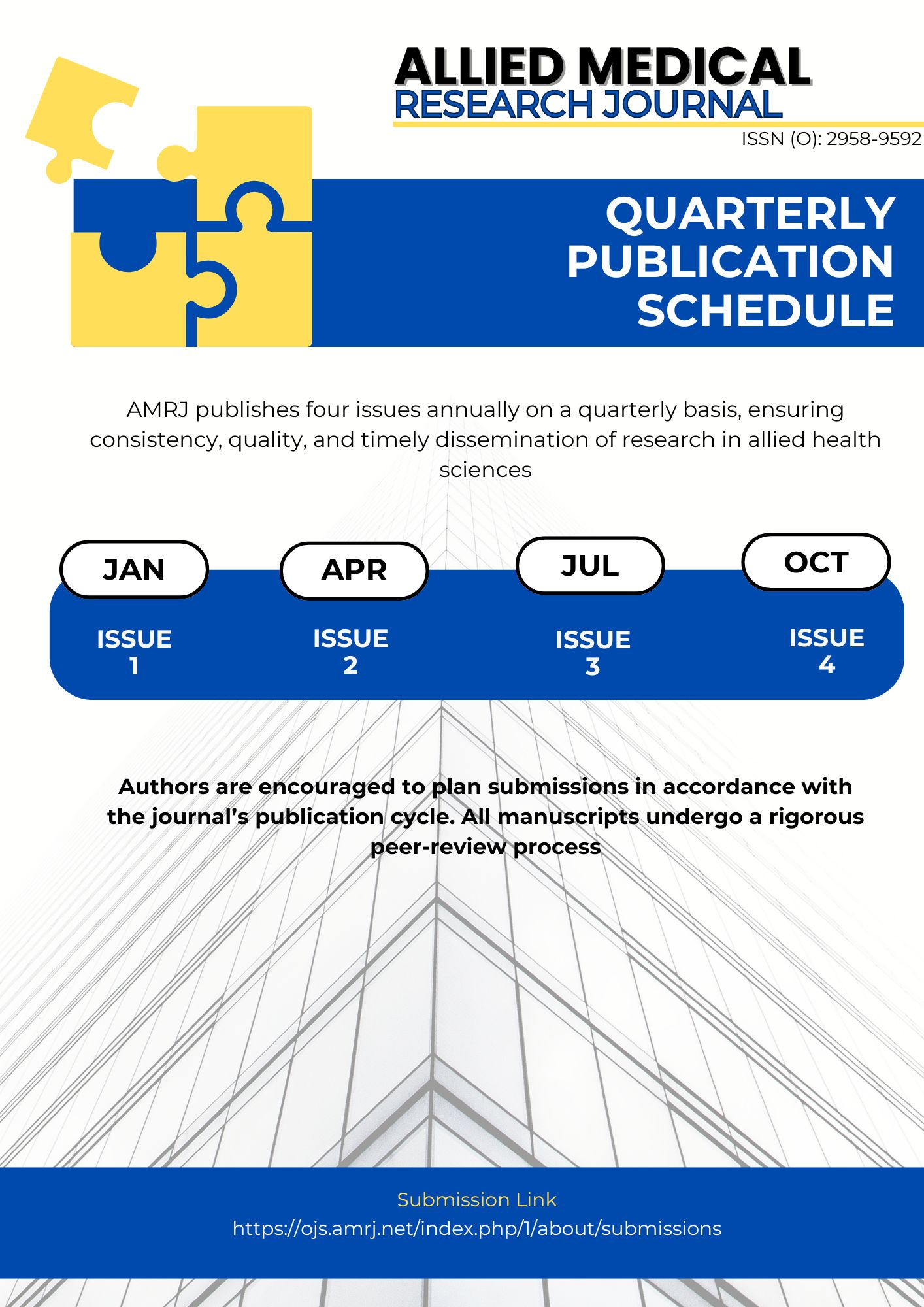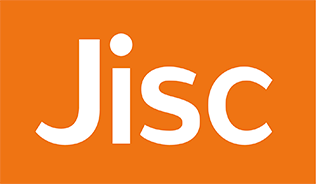The Effect of High Intensity Interval Training in Reducing the Risk of Cardiovascular Diseases in Obese Type-I Individuals
Keywords:
Cardiovascular Diseases, High-Intensity Interval Training, Sedentary Lifestyle, Young AdultsAbstract
Background
This study aimed to investigate the potential of High-Intensity Interval Training (HIIT) as a non-pharmacological intervention to reduce the risk of cardiovascular disease in a specific population.
Methods
A quasi-experimental design was employed; involving 20 young adults aged 25-30 recruited from a fitness centre. The participants underwent an 8 weeks high-intensity exercise program consisting of 3 weekly sessions. Baseline measurements of body mass, height, BMI, cholesterol, triglycerides, LDL, and HDL levels were taken before the intervention. Post-intervention measurements were obtained at the end of the 8 weeks.
Results
The results demonstrated significant improvements in various parameters following the 8 weeks workout program. BMI decreased from 32.2±1.42 to 31.67±1.45, while cholesterol levels decreased from 221.37±9.3 to 201±9.64, indicating a reduction in total cholesterol. Triglyceride levels decreased from 181.5±10.98 to 170.1±11.93. LDL values decreased from 144.5±8.9 to 134.2±8.13, indicating a decrease in low-density lipoprotein. Additionally, HDL levels increased from 36.53±4.53 to 46±5.44, reflecting an increase in high-density lipoprotein levels. All these changes were statistically significant (p≤0.005).
Conclusion
The findings suggest that HIIT is an efficient and effective exercise for sedentary and inactive young males. The study supports using HIIT as a non-pharmacological approach to improve physical well-being, enhance fitness, and reduce the risk of cardiovascular diseases. HIIT provides a time- and cost-efficient alternative for individuals with limited exercise time who still desire optimal health and fitness outcomes.
References
Watanabe M, Tozzi R, Risi R, Tuccinardi D, Mariani S, Basciani S, Spera G, Lubrano C, Gnessi L. Beneficial effects of the ketogenic diet on nonalcoholic fatty liver disease: A comprehensive review of the literature. Obesity Reviews. 2020;21(8):e13024. Roehl K, Sewak SL. Practice paper of the academy of nutrition and dietetics: classic and modified ketogenic diets for treatment of epilepsy. Journal of the Academy of Nutrition and Dietetics. 2017;117(8):1279-92.
Casanueva FF, Castellana M, Bellido D, Trimboli P, Castro AI, Sajoux I, Rodriguez-Carnero G, Gomez-Arbelaez D, Crujeiras AB, Martinez-Olmos MA. Ketogenic diets as treatment of obesity and type 2 diabetes mellitus. Reviews in Endocrine and Metabolic Disorders. 2020;21:381-97.
Sundfør TM, Svendsen M, Tonstad S. Effect of intermittent versus continuous energy restriction on weight loss, maintenance and cardiometabolic risk: a randomized 1-year trial. Nutrition, Metabolism and Cardiovascular Diseases. 2018;28(7):698-706.
Aaseth J, Ellefsen S, Alehagen U, Sundfør TM, Alexander J. Diets and drugs for weight loss and health in obesity–An update. Biomedicine & Pharmacotherapy. 2021;140:111789.
Deemer SE, Plaisance EP, Martins C. Impact of ketosis on appetite regulation—a review. Nutrition Research. 2020;77:1-1.
Calcaterra V, Verduci E, Pascuzzi MC, Magenes VC, Fiore G, Di Profio E, Tenuta E, Bosetti A, Todisco CF, D’Auria E, Zuccotti G. Metabolic derangement in pediatric patient with obesity: The role of ketogenic diet as therapeutic tool. Nutrients. 2021;13(8):2805.
Bräutigam Ewe M, Hildingh C, Månsson J, Lydell M. Primary care nurses’ perceptions and experiences of patients being overweight or obese as well as visions and attitudes about working with lifestyle issues: a qualitative interview study. BMC nursing. 2021;20:1-1.
Gandy J, editor. Manual of dietetic practice. John Wiley & Sons; 2019.
Arora N, Pulimamidi S, Yadav H, Jain S, Glover J, Dombrowski K, Hernandez B, Sarma AK, Aneja R. Intermittent fasting with ketogenic diet: A combination approach for management of chronic diseases. Clinical Nutrition ESPEN. 2023;54:166-74.
Rosas LG, Lv N, Xiao L, Lewis MA, Zavella P, Kramer MK, Luna V, Ma J. Evaluation of a culturally-adapted lifestyle intervention to treat elevated cardiometabolic risk of Latino adults in primary care (Vida Sana): a randomized controlled trial. Contemporary clinical trials. 2016;48:30-40.
Butt MU, Bawa MD, Ahmed H. Knowledge and perception about ketogenic diet among medical students. Biomedica. 2020;36(2):126-31.
Altamimi M, Badrasawi MM, Khalid B. Use, Knowledge and perception About Ketogenic Diet Amongst University Students from Medical and Health Sciences Faculties. Iraq Medical Journal. 2021;5(1).
Colombarolli MS, de Oliveira J, Cordás TA. Craving for carbs: food craving and disordered eating in low-carb dieters and its association with intermittent fasting. Eating and Weight Disorders-Studies on Anorexia, Bulimia and Obesity. 2022:1-9.
El-Kassas G, Ziade F. Exploration of the dietary and lifestyle behaviors and weight status and their self-perceptions among health sciences university students in North Lebanon. BioMed Research International. 2016;2016.
Masino SA, editor. Ketogenic diet and metabolic therapies: expanded roles in health and disease. Oxford University Press; 2022.
Mubarak R, Raza I, Khursheed A, Mushtaq M, Hanif B, Majeed AB. Therapeutic Effects of Ketogenic Diet in the Treatment of Epilepsy. Journal of Health and Medical Sciences. 2020;3(3).

Downloads
Published
Issue
Section
License
Copyright (c) 2023 Huzaifa Ather Rajar, Muhammad Ather Hashmi, Saad Akhtar, Uroosa Amin, Angela John

This work is licensed under a Creative Commons Attribution-NonCommercial 4.0 International License.








